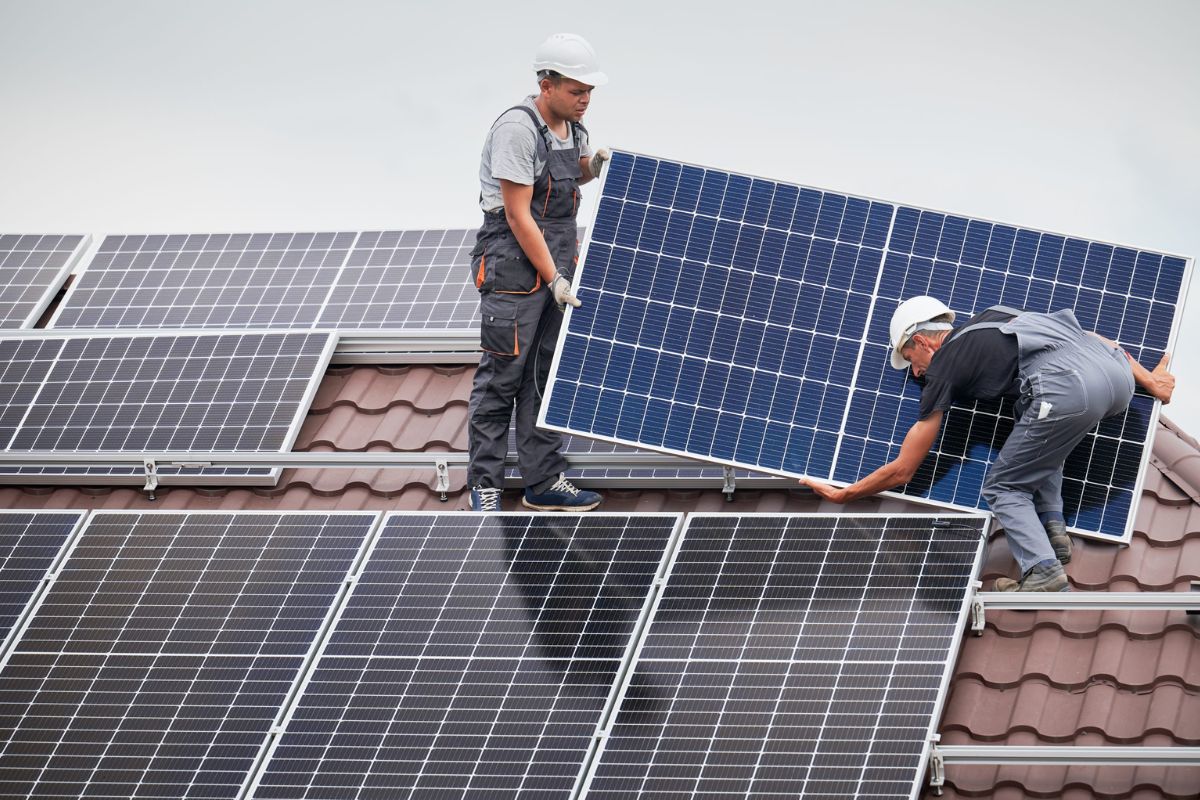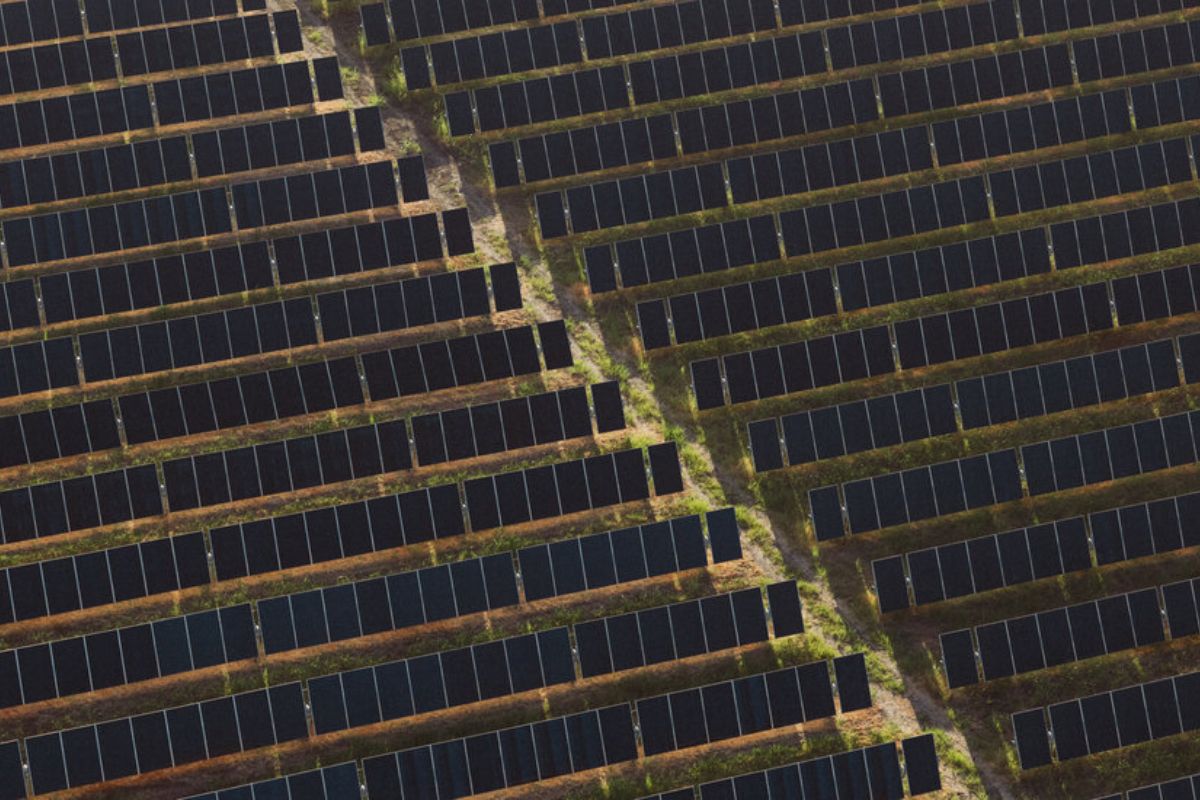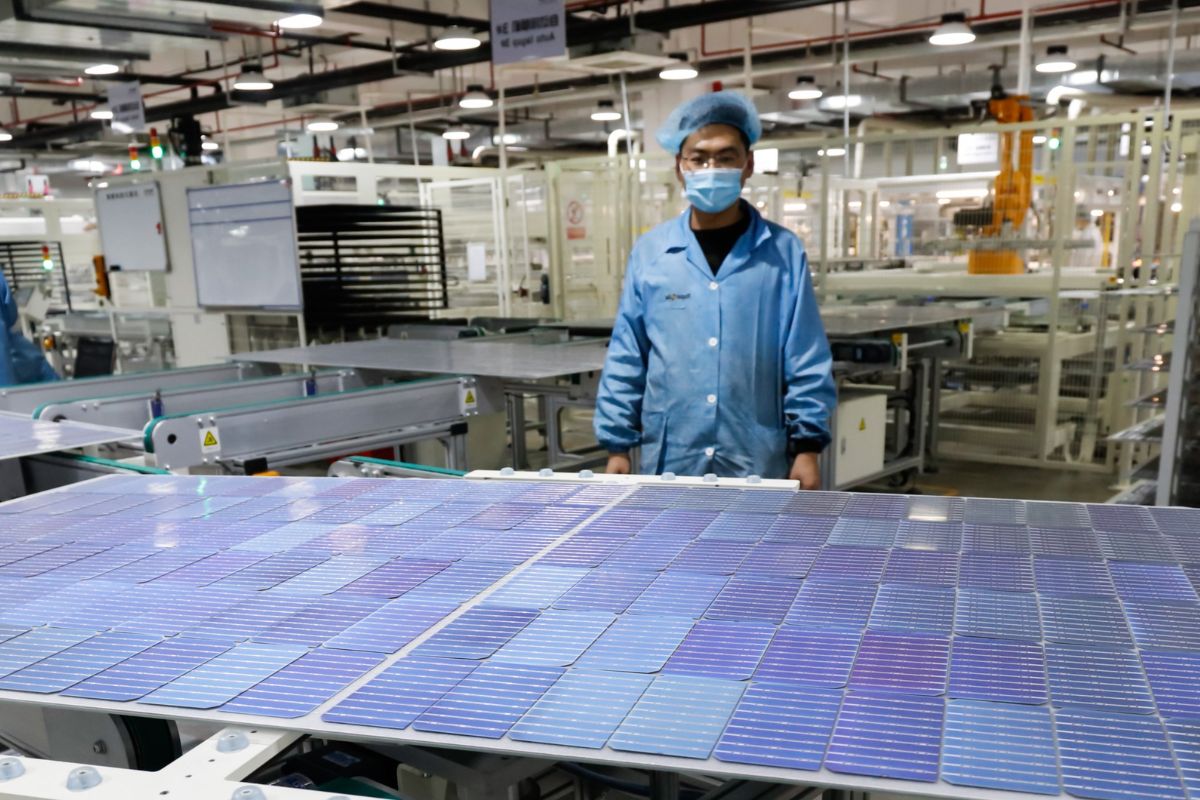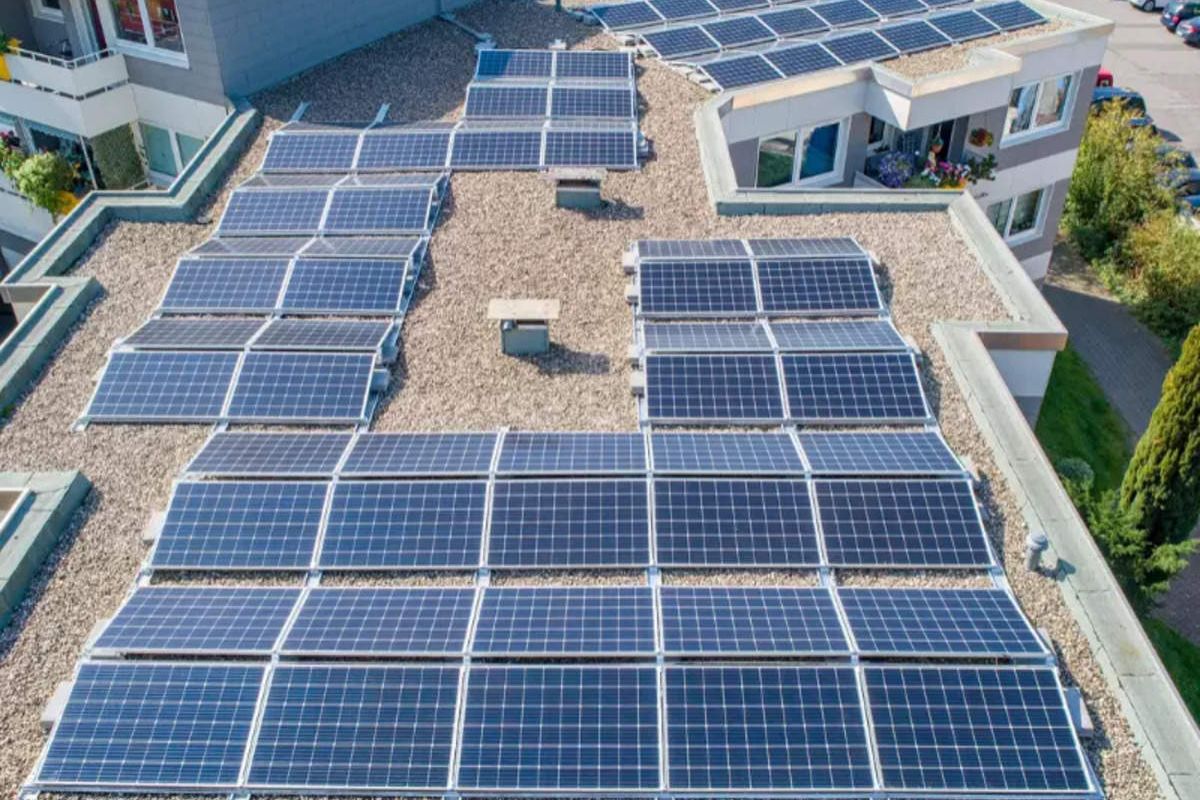Europe’s solar industry, once a beacon of hope for the future of renewable energy, now finds itself in the throes of a crisis. The culprit? Chinese imports flooding the market, creating a tumultuous situation for local manufacturers.
While record installations might suggest a thriving industry, the truth is far more complex. As the industry grapples with this challenge, governments and industry stakeholders find themselves divided on the best course of action.
In this discussion, we will explore the perspectives of different key players, the potential solutions being proposed, and the delicate balance that must be struck to ensure a successful transition towards a greener future.
Brace yourself, for the solar industry’s fate hangs in the balance.
Key Takeaways
- Record-breaking solar installations in Europe in 2023, with a 40% increase, indicate the growing importance of solar energy in the region.
- The heavy reliance on imported solar panels from China, accounting for 95% of installations, poses a significant threat to local European manufacturers.
- Unfair competition from cheap Chinese imports undermines the growth and sustainability of the European solar industry, necessitating urgent action to protect local manufacturers.
- Lack of unity and collaboration among European governments and industry stakeholders hinders effective solutions to the crisis, highlighting the need for a unified strategy to address the challenges faced by the solar industry.
Record Solar Installations Mask Industry Challenges
While Europe celebrates its record-breaking solar installations in 2023, the industry’s underlying challenges remain hidden beneath the surface.
The surge in solar capacity is undoubtedly impressive, with installations skyrocketing by 40% compared to the previous year. However, this accomplishment is marred by the stark reality that a whopping 95% of these solar panels were imported from China.
Also Read: SolarEdge’s Strategic Move: 16% Workforce Reduction to Enhance Efficiency
This reliance on Chinese imports poses a significant threat to local solar manufacturers, who are struggling to compete with the low-cost offerings from their Asian counterparts. The celebration of record installations masks the industry’s deeper crisis, where European manufacturers are facing a battle for survival against the onslaught of Chinese dominance.
It is high time to address these challenges head-on and develop strategies that can protect and revitalize Europe’s solar industry.
Local Manufacturers Struggle Amid Import Onslaught
Europe’s record-breaking solar installations in 2023 may be cause for celebration, but beneath the surface, the local manufacturers are caught in a fierce battle for survival against the onslaught of cheap imports, posing a grave threat to the continent’s solar industry.
While the surge in solar installations is a positive sign for the transition to renewable energy, it has come at a significant cost to European manufacturers. The influx of affordable Chinese solar panels has flooded the market, making it increasingly difficult for local manufacturers to compete.
This unfair competition not only undermines the growth and sustainability of the European solar industry but also puts jobs and livelihoods at risk. Urgent action is needed to address this crisis and protect the interests of local manufacturers, ensuring a level playing field for all.
Divide Among Governments and Industry Stakeholders
The impact of the divide among European governments and industry stakeholders on addressing the crisis in the solar industry is significant. The lack of unity and collaboration has created a chaotic and inefficient response to the surge in Chinese solar imports. This lack of coordination is hindering the industry’s ability to find effective and timely solutions to the crisis.
Furthermore, the conflicting interests and potential solutions being explored by different countries further complicate the situation. This complexity makes it difficult to implement a cohesive strategy that can effectively address the crisis.
The divide among European governments and industry stakeholders not only delays the necessary action needed to protect the European solar industry but also jeopardizes Europe’s rapid expansion of green energy. It is crucial for governments and industry stakeholders to come together and find common ground in order to address this crisis effectively.
Industry Perspectives on Solutions
The division within the solar industry regarding potential solutions to the crisis has created a heated debate between solar manufacturers advocating for government intervention and the broader green energy industry opposing import curbs.
On one side, solar manufacturers argue that government intervention is necessary to save the European solar industry from collapse. They propose actions such as purchasing excess inventories of solar modules and considering trade barriers if a quick resolution is unattainable.
However, the broader green energy industry disagrees, fearing that import curbs will hinder project development and impede the transition to renewable energy. They argue that reducing dependency on China in the short term is a complex challenge that requires a more nuanced approach.
This clash of perspectives highlights the deep-seated tensions within the solar industry and the urgent need for a unified strategy to address the crisis.
To successfully navigate the delicate balance between fostering green energy growth and protecting local industries, Europe must adopt a strategic and comprehensive approach that addresses the complex challenges posed by the surge in Chinese solar imports. This issue demands careful consideration, as it has far-reaching implications for Europe’s renewable energy sector.
Here are three key factors that must be taken into account:
- Fair competition: Europe must ensure a level playing field by implementing measures to prevent unfair trade practices, such as dumping and subsidies, which can undermine local industries.
- Innovation and investment: Encouraging research and development in green technologies is crucial for Europe’s competitiveness. Increased investment in renewable energy projects will create jobs and stimulate economic growth.
- Collaboration and coordination: European countries should work together to establish a unified approach, sharing best practices and coordinating policies to maximize the potential of the green energy transition.
Europe cannot afford to let its solar industry crumble in the face of Chinese imports. It is time for decisive action to protect local industries while fostering the growth of green energy.
Conclusion Of Europe’s Solar Industry
In conclusion, the European solar industry is facing a tumultuous period due to the influx of Chinese imports. While record installations may give the impression of success, the reality is that local manufacturers are struggling to compete.
The divide among governments and industry stakeholders further complicates finding a solution. It is crucial for the industry to navigate a delicate balance in order to successfully transition towards green energy without jeopardizing the future of European solar.
Our Reader’s Queries
Q1 What is the EU strategy for solar energy?
A Propelling the expansion of photovoltaic (PV) energy through the implementation of a specialized EU Solar Energy Strategy, targeting the installation of more than 320 GW of new solar photovoltaic capacity by 2025 and nearly 600 GW by 2030.
Q2 What is the European solar Rooftops Initiative?
A Facilitating the enjoyment of an integrated energy system for individuals throughout the EU by identifying obstacles to the adoption of solar energy, suggesting initiatives to expedite its implementation, and enhancing the competitiveness and resilience of solar energy systems in the EU.
Q3 What is the solar PV capacity in Europe?
A The solar generation capacity within the EU continues to grow and has reportedly reached approximately 259.99 GW in 2023, as per SolarPower Europe. The EU has consistently led the way in promoting the expansion of solar energy.
Q4 Why is China using solar energy?
A China is currently installing a comparable number of solar panels and wind turbines to the combined efforts of the rest of the world. Furthermore, it is anticipated to achieve its clean energy target six years ahead of schedule, relying on renewables to fulfill the majority of its expanding electricity demands.




